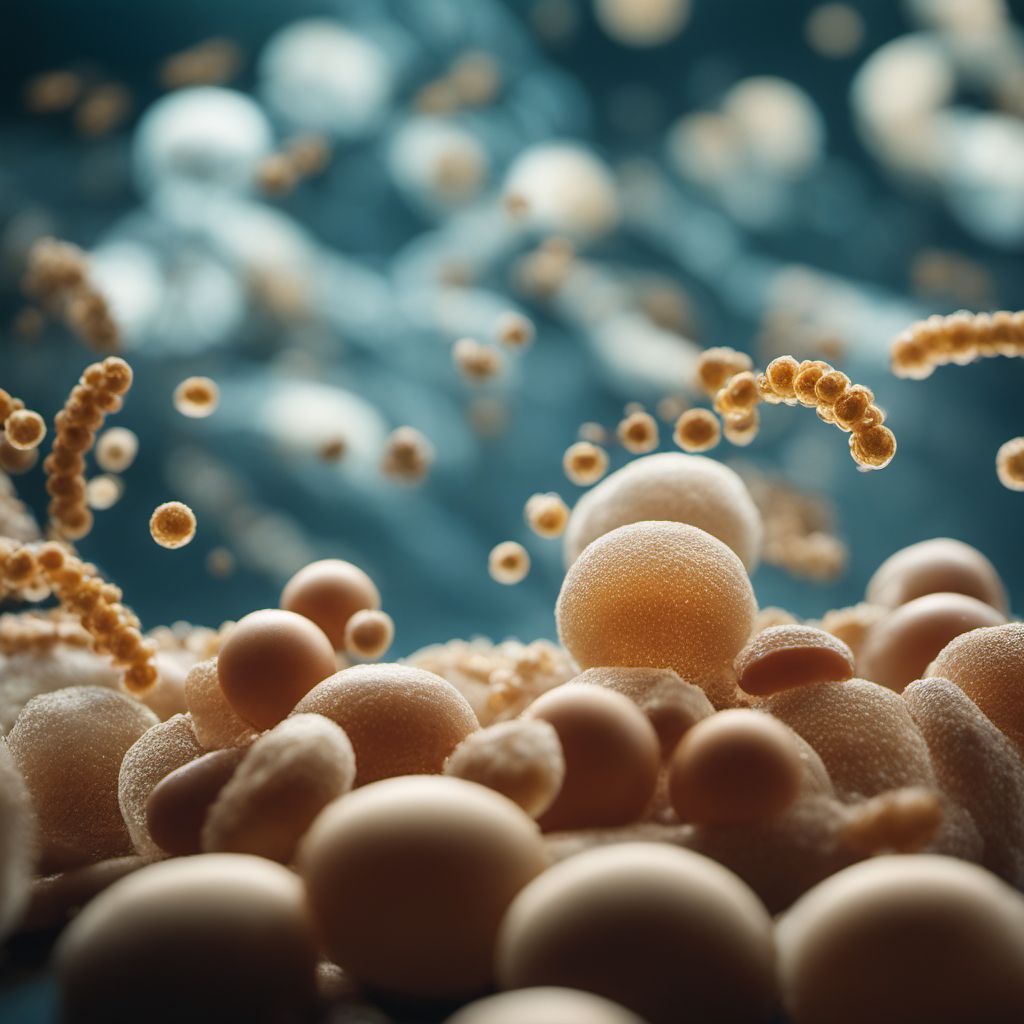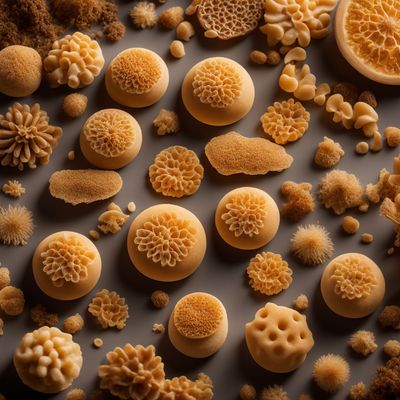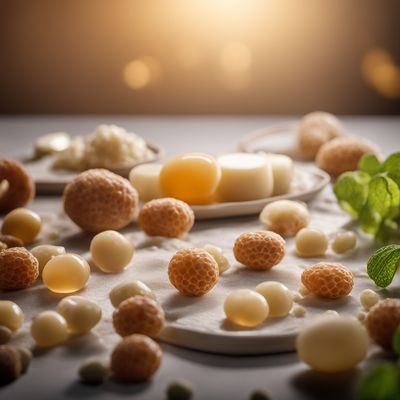
Ingredient
Live microorganisms for food production
The Tiny Heroes: Live Microorganisms for Food Production
Live microorganisms for food production encompass a wide range of bacteria, yeasts, and molds that are intentionally added to food products to initiate fermentation or enhance their nutritional value. These microorganisms transform raw ingredients into fermented foods, such as yogurt, cheese, sauerkraut, and sourdough bread. They introduce complex flavors, improve digestibility, and increase the shelf life of these products.
Origins and history
The use of live microorganisms for food production dates back thousands of years, with fermentation being one of the oldest methods of food preservation. Ancient civilizations, such as the Egyptians, Greeks, and Chinese, utilized these microorganisms to create a variety of fermented foods. Today, starter cultures and probiotics are widely used in the food industry to produce a diverse range of fermented products.
Nutritional information
The nutritional information of live microorganisms for food production varies depending on the specific strain and the food product they are used to ferment. However, they often enhance the nutritional value of the final product by increasing the bioavailability of certain nutrients and producing beneficial compounds. Probiotics, in particular, are known for their potential health benefits, including improved gut health and enhanced immune function.
Allergens
Live microorganisms for food production do not typically pose allergenic risks on their own. However, individuals with compromised immune systems or specific health conditions should exercise caution when consuming fermented foods containing live cultures. It is advisable to consult with a healthcare professional if you have any concerns.
How to select
When selecting live microorganisms for food production, it is important to choose reputable brands or sources that provide high-quality starter cultures or probiotics. Look for products that are labeled as containing live and active cultures, and check for any additional certifications or quality assurance measures. Proper storage and handling instructions should also be provided.
Storage recommendations
To maintain the viability of live microorganisms, it is crucial to follow the storage instructions provided by the manufacturer. In general, they should be stored in a refrigerator or at a temperature recommended by the specific strain. It is important to avoid exposing them to extreme temperatures or contamination, as this can compromise their quality and effectiveness.
How to produce
Producing live microorganisms for food production at home requires specialized knowledge and equipment. However, some fermented foods, such as yogurt or sourdough bread, can be made using starter cultures or wild yeast and bacteria naturally present in the environment. Detailed recipes and instructions are available for those interested in exploring home fermentation.
Preparation tips
The preparation and use of live microorganisms for food production vary depending on the specific product and fermentation process. Detailed instructions and recipes are available for each type of fermented food, guiding individuals on how to incorporate starter cultures or probiotics effectively. It is important to follow these instructions carefully to ensure successful fermentation and optimal flavor development.
Culinary uses
Live microorganisms for food production are used in a wide range of culinary applications, including the production of yogurt, cheese, sauerkraut, kimchi, kombucha, and sourdough bread. They are also utilized in the brewing and winemaking industries to initiate fermentation and develop unique flavors.
Availability
Live microorganisms for food production are available worldwide, as they are essential components of various traditional and modern food cultures. They can be found in grocery stores, specialty food stores, and online retailers, catering to the diverse needs and preferences of consumers.
More ingredients from this category

Mould or micro-fungal cultures
The Art of Fermentation: Mould or Micro-Fungal Cultures

Starter cultures
The Art of Fermentation: Unleashing the Power of Starter Cultures

Probiotic cultures
The Gut-Healing Powerhouses: Unleashing the Magic of Probiotic Cultures

Yeast cultures
Unleashing the Magic of Fermentation: Exploring the World of Yeast Cultures